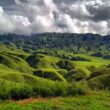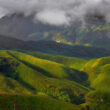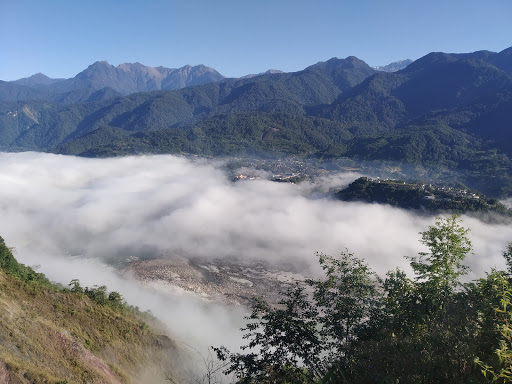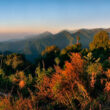Nestled in the scenic state of Arunachal Pradesh, Mouling National Park stands as a majestic testament to India’s rich biodiversity. Spread across the lush green valleys and mist-laden hills, this national park is a paradise for nature enthusiasts and wildlife lovers alike. In this article, we will delve into the captivating wonders of Mouling National Park, exploring its diverse flora and fauna, unique ecosystems, conservation efforts, and the experiences that await adventurous souls who dare to venture into its untamed wilderness.
1. A Jewel in the Eastern Himalayas
The Eastern Himalayas have long been known for their ecological significance, and Mouling Park proudly adds to this legacy. Spanning an impressive area of over 483 square kilometers, the park encompasses a wide range of habitats, including tropical rainforests, alpine meadows, and evergreen forests. This diverse landscape creates a perfect haven for countless species to thrive, making Mouling National Park a biodiversity hotspot worth protecting.
2. Flora: A Tapestry of Green
Mouling National Park boasts a rich tapestry of flora, with over 350 species of plants spread throughout its expanse. The dense forests are adorned with vibrant orchids, ferns, bamboo groves, and towering trees that seem to touch the heavens. From the aromatic rhododendrons to the enchanting pitcher plants, every step within the park reveals new wonders and botanical treasures.
3. Fauna: A Haven for Wildlife
The park is home to an astounding array of wildlife, including several endangered and rare species. One of the park’s most celebrated inhabitants is the elusive and majestic Bengal tiger, which prowls the forest in search of prey. Other notable wildlife sightings include the clouded leopard, Asiatic black bear, red panda, and marbled cat. Mouling National Park is also a birdwatcher’s paradise, with over 300 species of birds, including the stunningly colorful hornbills, making it their abode.
4. Unique Ecosystems: From Valleys to Peaks
Mouling National Park’s diverse topography has led to the creation of unique ecosystems within its boundaries. The park is adorned with breathtaking valleys, crystal-clear rivers, and cascading waterfalls that provide sustenance to its inhabitants. As you ascend higher, the landscape transforms into alpine meadows and snow-clad peaks, showcasing the incredible diversity of this natural gem.
5. Conservation Efforts: Preserving Nature’s Legacy
Preserving the delicate balance of nature within Mouling National Park is of utmost importance. The park is a designated protected area under the Wildlife Protection Act of India, ensuring the conservation and management of its precious ecosystems. The local communities and forest department work hand in hand to safeguard the park’s flora, fauna, and the traditional knowledge associated with it. Sustainable tourism practices and awareness programs play a crucial role in ensuring the park’s long-term sustainability.
6. Experiences: Into the Wild
Embarking on an adventure into Mouling National Park offers an unparalleled experience for nature enthusiasts. Trekking through dense forests, listening to the melodious calls of birds, and catching glimpses of elusive wildlife are just some of the moments that make this journey unforgettable. The park also offers opportunities for camping, birdwatching, and photography, allowing visitors to immerse themselves in the captivating beauty of the Eastern Himalayas.
Conclusion
Mouling National Park stands as a testament to the awe-inspiring wonders of nature. Its diverse ecosystems, vibrant flora, and majestic wildlife make it a must-visit destination for those seeking an authentic and immersive experience in the lap of nature. As we explore and appreciate the breathtaking beauty of Mouling National Park, let us remember our responsibility to protect and preserve these natural treasures for future generations to come.
Similar Articles
FAQs (Frequently Asked Questions)
1. How can I reach Mouling National Park?
To reach Mouling National Park, one can fly to Dibrugarh Airport in Assam and then proceed by road to the park, which is approximately 280 kilometers away.
2. Is there any accommodation available within the park?
Currently, there are limited accommodation options within the park. However, nearby towns and villages offer guesthouses and homestays for visitors.
3. Are there any guided tours available in the park?
Yes, guided tours are available within the park, providing visitors with knowledgeable guides who can enhance their experience and offer insights into the park’s biodiversity.
4. What is the best time to visit Mouling National Park?
The best time to visit the park is during the dry season, which usually spans from October to April. The weather is pleasant, and wildlife sightings are more frequent.
5. Are there any restrictions or permits required to visit the park?
Yes, visitors require permits to enter Mouling National Park, which can be obtained from the local forest department or authorized tour operators.









